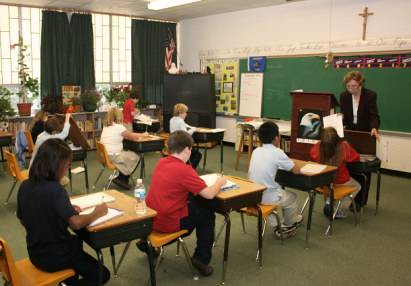What is a teacher´s style of delivery and what is your style of
delivery?
I think that every single teacher has his/her own way to teach, but I consider
that the teacher´s style delivery has to be based in the students’ needs. So we
have to take into account many aspects. For example: What belief and value systems do you
bring into the classroom? How do these allow you to connect to the students or
prevent you from doing the same? Similarly, what thoughts, ideas, opinions, and
judgments about our subject matter do we bring with us? To be sure, our
enthusiasm for subject matter comes from these and what we believe to be
important information for student learners. And conversely, we should note that
these can also preclude us from teaching certain items or at least doing so
without any great love. Therefore I think that we have to focus in the student’s
needs, and if we do this, students learning will be successful. I believe that
the teacher’s style delivery has to be interested in students’ knowledge and
what they like and dislike, too.
On the other hand when I teach I try to adapt to my students needs, but
sometimes is difficult because I don’t have the resources. I know that no all
the students learn in the same way. So I try to develop different activities in
order that all they can do them, and always are students that finish them
quickly, when this happens I give them an extra activity. I do my best to my
students and I always think what is complicated to them and what can I do to
help them. I know that sometimes is difficult for me changes activities that I have
planned. But if they don’t get involved of them, I have to change them. But doing
this is a way to help them because they are more important. So I consider that
my style delivery is focused in what my students need and to know what is difficult
and easy to them. Knowing this will increase their knowledge day after day. Also
when I develop my classes I always try to create a good environment because
this is really important in the world of teaching. A good environment will help
them to feel comfortable and their learning will be better.




